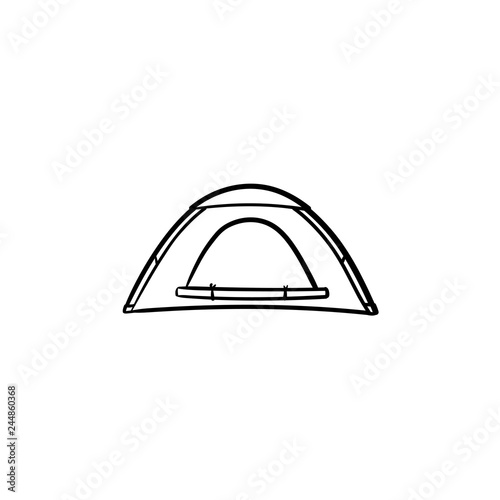A double-wall layout that's both breathable and water resistant. They can be much more comfortable than single-wall outdoors tents in wintertime but can be less large and open sights less.
Designed to stand up to high winds and shed snow. They might also have thicker posts and extra guylines to boost rigidity.
Whether you're glamping or backpacking, these camping tents can handle a selection of winter season problems. They're optimal for those looking for a comfortable and cozy hideaway in the backcountry.
1. Weatherproofing
Numerous outdoors tents feature waterproofing that's increased by polyurethane coverings and long lasting water repellent (DWR) therapies. Ultimately, nonetheless, changes in temperature and long term direct exposure to sunlight can weaken the tent's safety coverings. Revitalizing these with joint sealer or a DWR therapy can aid safeguard your camping tent from dampness damage and prolong its beneficial life.
When leaving your tent, put in the time to carefully fold and fit each shockcorded pole area into place. This will stop excessive tension that can weaken or chip the post sections and cause structural troubles when you set up camp.
Furthermore, utilize the Disappear principle when picking camping areas. Pick areas that are free of rocks, want cones and other debris that can puncture or abrade the camping tent floor and fly. Likewise take into consideration bringing a footprint, which is a custom-cut ground cloth made especially for your tent's floor plan and will safeguard it from dirt, grit, pebbles and other sharp things.
2. Air flow
If you are camping in the Everglades' moisture or Death Valley's heat, you need a tent with good air flow. Ventilation is an important factor in preserving comfort and eliminating mold and mold that can make your camping tent unusable.
The air flow system of a four-season camping tent is developed to eliminate cozy, moist air and change it with cooler, drier air. This air exchange decreases condensation by getting rid of wetness from the air before it can pick the wall surfaces and ceiling of your camping tent.
To ensure your camping tent has appropriate ventilation, seek personalized bag breathable materials and flexible vents. Also, elevate your outdoor tents somewhat off the ground to boost air flow. One more crucial element of an excellent ventilation system is using a cooktop jack, which gives a safe departure factor for your camping tent's smoke pipeline to prevent carbon monoxide poisoning.
3. Livability
While a 4 season camping tent might not be the very best alternative for ultra-light backpackers, it is vital for those planning to camp year-round. Purchasing this sort of shelter conserves cash on separate configurations and lowers gear turn over. It likewise allows you to explore landscapes at various times of year, opening quiet off-season experiences and beautiful wintertime terrain.
If you select a sturdy and large 4 season outdoor tents like the KUIU Tornado Celebrity 2 or the Samaya 2.0, see to it that it supplies ample climate security. This includes a hardy structure, solid poles and fabrics designed to stand up to high winds and dropped snow. Try to find seams that are double-stitched and finishes like water repellent, mold and mildew & UV resistance coatings that secure your investment from the components.
Furthermore, select a double-wall style for the very best livingability. Single-wall versions can be water resistant but have concerns with condensation. They can likewise be too hot for summer and not well fit to rainfall.
4. Storage space
Storing your camping tent in a shaded location protects it from the extreme UV rays of sunlight. Long term direct exposure to these rays can degrade and deteriorate the fabric gradually, making the outdoor tents much less resilient. It's additionally vital to consistently check the kept camping tent for signs of wetness and invasive bugs.
Storage space tents are frequently more convenient to utilize than permanent structures due to the fact that they do not call for any modifications to your home. They additionally use the flexibility of relocating them around your outside area to resolve different storage requirements.
4-season outdoors tents are developed to withstand rough weather. They normally feature inflexible structures to remain stable in high winds and thicker walls to supply heat versus snow and tornado winds. They strike a balance in between critical features like weather condition defense, weight, and indoor room to fit your specific adventure goals. The NEMO Kunai 2 and Hilleberg Nammatj 2 are both good examples of 4-season tents that balance weather condition security, weight, and livability.
